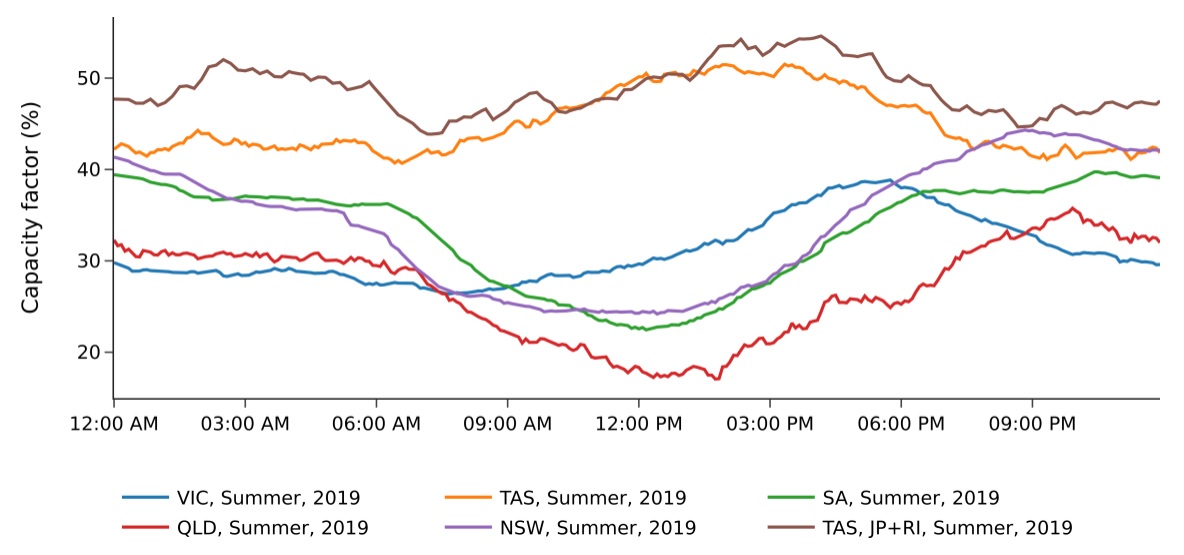Australia is the sunniest and windiest continent on earth. Three quarters of the nation’s coal-fired power stations are already operating beyond their expected lifespans. As markets intentionally shift away from fossil fuels, our electricity grid is undergoing a global leading transition to renewable energy.
Most of the new renewable energy generation being constructed is wind and solar. As coal fire power stations retire over forthcoming years, the National Electricity Market, which covers the eastern side of Australia including Tasmania, will become more reliant upon variable wind and solar to meet its electricity needs.
Storage will play a significant role in solving the mismatch between when electricity is generated and when it is needed, but it can’t do it all. Australia’s largest battery, in South Australia, can only store 2 seconds’ worth of the network’s consumption. Even Snowy 2.0, the massive pumped hydro scheme under construction in NSW, will store less than an hours’ worth of the network’s consumption.
What will become crucial to ensure energy security is generating variable electricity over a range of locations – so that as much as possible, if when the sun isn’t shining or wind isn’t blowing in one area, it is in another.
Tasmania not only has some of the best wind resources in Australia, it also has some of the lowest correlation with demand and supply in other areas – meaning that when electricity is demanded, but the wind has stopped blowing in other areas, it is still blowing in Tasmania. This can fill the gaps between demand and supply that can’t be achieved by storage alone.
Image: Diurnal wind capacity factor by state – “An analysis of the economics and greenhouse gas impact of Marinus Link and Battery of the Nation”, Bruce Mountain and Steven Percy

